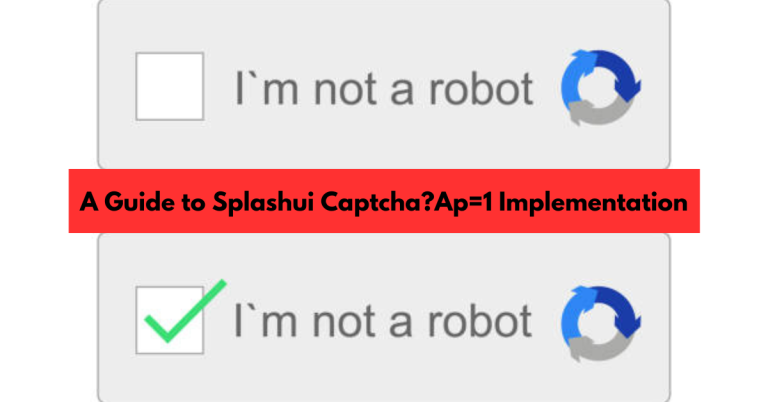Cover Letter vs Resume: How to Use Them Effectively in Job Applications

When preparing a job application, understanding the distinct roles of a cover letter and a resume is essential. These documents work together to showcase your qualifications and make a compelling case to potential employers. By mastering their differences, you can enhance your chances of landing an interview.
What Is a Resume?
A resume is a professional document summarizing your career history, skills, and achievements. It provides employers with a quick overview of your qualifications, often focusing on:
- Work Experience: Chronological or functional details of past jobs.
- Education: Degrees, certifications, and relevant coursework.
- Skills: Specific abilities related to the role.
- Accomplishments: Measurable achievements that set you apart.
Typically, resumes are concise and formatted for easy readability, with bullet points and structured sections.
What Is a Cover Letter?
A cover letter is a personalized introduction that accompanies your resume. It explains why you are the right candidate for the job and elaborates on key points in your resume. While the resume focuses on presenting facts, the cover letter allows you to express your personality, enthusiasm, and motivation.
When discussing “cover letter vs resume,” think of the resume as the “what” and the cover letter as the “why.”
Key Differences Between a Cover Letter and a Resume
To effectively use these documents, it’s important to understand their differences:
- Purpose
- A resume highlights your skills, experience, and achievements.
- A cover letter explains your interest in the role and connects your qualifications to the employer’s needs.
- Structure
- Resumes are segmented into specific sections with a clear format.
- Cover letters follow a narrative style, typically formatted as a formal business letter.
- Tone
- Resumes are objective and professional.
- Cover letters are conversational and tailored to the specific job.
The key distinction in “cover letter vs resume” lies in their roles: the resume proves your qualifications, while the cover letter persuades the employer to consider you for the position.
Why Both Are Important
Employers request both a cover letter and resume because they provide a complete picture of the applicant. The resume delivers a structured overview, while the cover letter showcases personality and enthusiasm. Together, they create a cohesive and persuasive application.
Tips for Writing an Effective Cover Letter and Resume
- Customize for Each Job
Tailor both documents to align with the job description. Use keywords and highlight relevant experiences. - Be Concise and Clear
Keep your resume concise, ideally one page unless your experience warrants more. Ensure your cover letter is no longer than a single page. - Showcase Your Unique Value
Use the cover letter to explain how your skills and experiences uniquely qualify you for the role. - Proofread for Perfection
Errors in either document can harm your chances. Double-check grammar, spelling, and formatting.
Conclusion
Understanding the roles of a cover letter vs resume is vital for a successful job application. While the resume provides a factual summary of your professional journey, the cover letter adds depth by explaining your interest and fit for the role. By crafting both effectively, you can present a well-rounded and compelling application that increases your chances of landing your dream job.





